update time:2023-01-19 11:44:27
Views:1319次
The RIC, imparts energy by dropping a 5 to 9 tonne weight from a relatively small height of 1.2 m at...
The RIC, imparts energy by dropping a 5 to 9 tonne weight from a relatively small height of 1.2 m at a blow rate of 30 to 80 times a minute. Depending on the ram weight, the maximum energy delivered per blow is 59 to 106 kNm. Although the energy per blow is small compared to the conventional DC, the rapid blow frequency amply compensates, resulting in a greater power that varies between 2.4 to 6.4 MNm/min. Thus, a much greater total energy input per unit area of a site can be achieved with RIC. Moreover, the energy transfer of the RIC is far more effective due to its foot which stays in contact with the ground during the impact sequence.
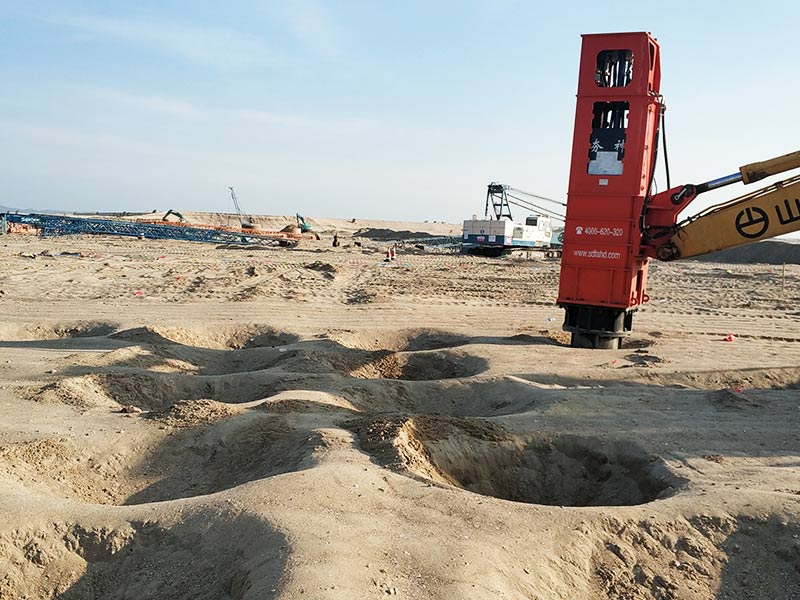
Typical areas of application could include projects such as low-rise structures like housing and schools, embankments, roads and pavement areas. Having the Rapid Impact Compactor mounted on a tracked machine gives it the versatility to move about in narrow and limited height spaces, such as within existing warehouses. With regard to its mobility, the RIC is able to be transported as a single unit, with the impact foot removed and the front end lowered horizontally on a flat-bed trailer. The machine can be ready to work just a few minutes after off-loading. If road restrictions apply, the unit can be easily split into two loads with the excavator travelling separately from the hammer. Re-assembly is achieved in less than two hours.
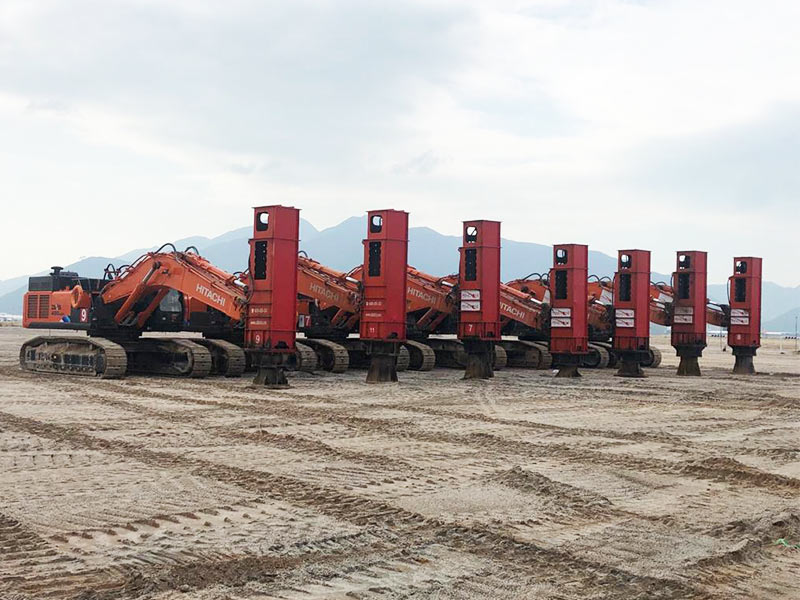
Rapid Impact Compaction provides a technically sound and economic method of improving the capacity of a wide variety of loose soils and fills. The Rapid Impact Compactor can work alone on some types of strata (effective treatment in the top layers of typically up to 6 m depth) or in conjunction with other ground improvement techniques, e.g., Deep Dynamic Compaction, where the strata´s depth or grain sizes dictates. Due to the numerous benefits, e.g., compaction control through an on-board computer, operation at safety, quality assurance, versatility and speed, the Rapid Impact Compaction system will become well-established in the dynamic compaction field. Further research, including theoretical, numerical and practical studies, is nevertheless essential to enhance the innovative compaction system.
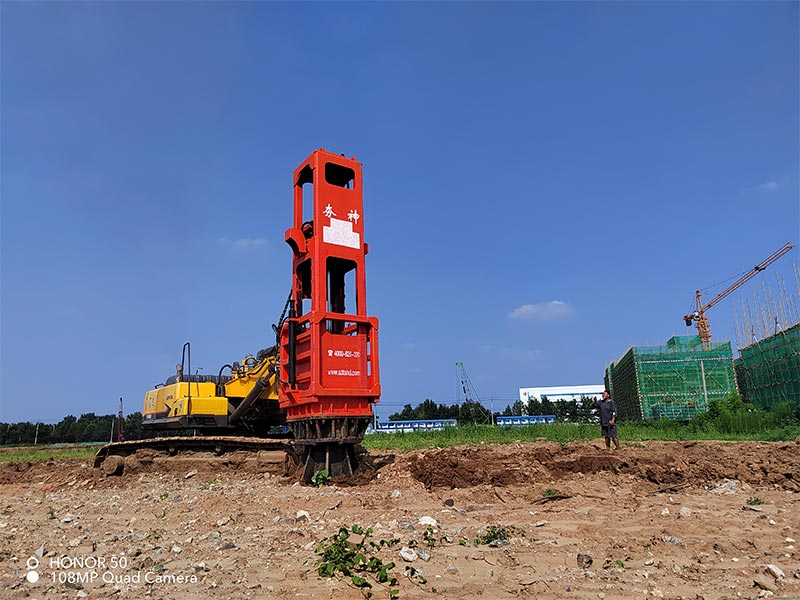
The RIC is an innovative dynamic compaction device based on the piling hammer technology and is used to increase the load-bearing capacity of soils through controlled impacts. The general idea of this method is to drop a falling weight from a relatively low height onto a special foot assembly at a fast rate while the foot remains permanently in contact with the ground.
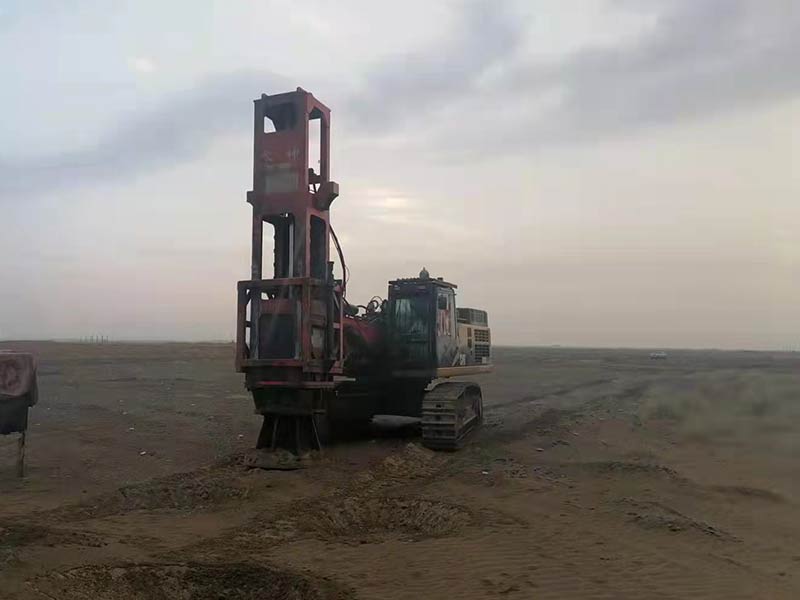
RIC utilises a 7 tonne hydraulic piling hammer repeatedly hitting a heavy 1-1.5m diameter steel foot. Recurring blows at each treatment position create imprints, which are subsequently filled with granular material. The pattern is then repeated at offset locations in order to provide treatment depths of around 3m.
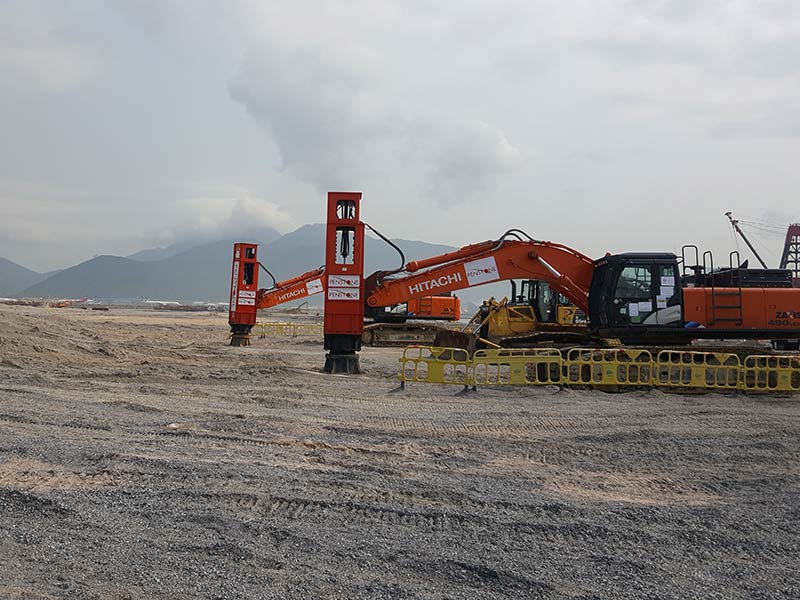
The technique can usually be employed within 10-15m of sound structures with the vibrations significantly less than traditional dynamic compaction. RIC can also be used in shallow granular fills containing contaminants where penetrative ground improvement techniques such as Vibro Stone Columns would risk exposing contaminants to the atmosphere.
What are the three types of compaction? - HENGDA RIC
Rapid Impact Compaction with the Rapid Impact Compactor (RIC...
How do you compact without a plate compactor? - HENGDA RIC
RIC typically employs a 7 tonne weight dropped repeatedly th...